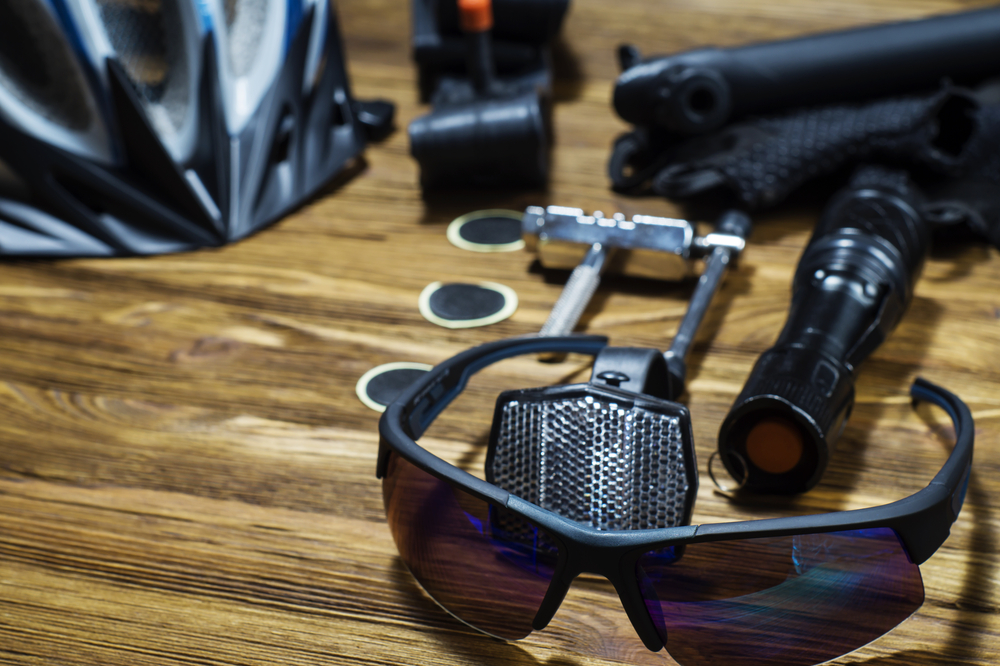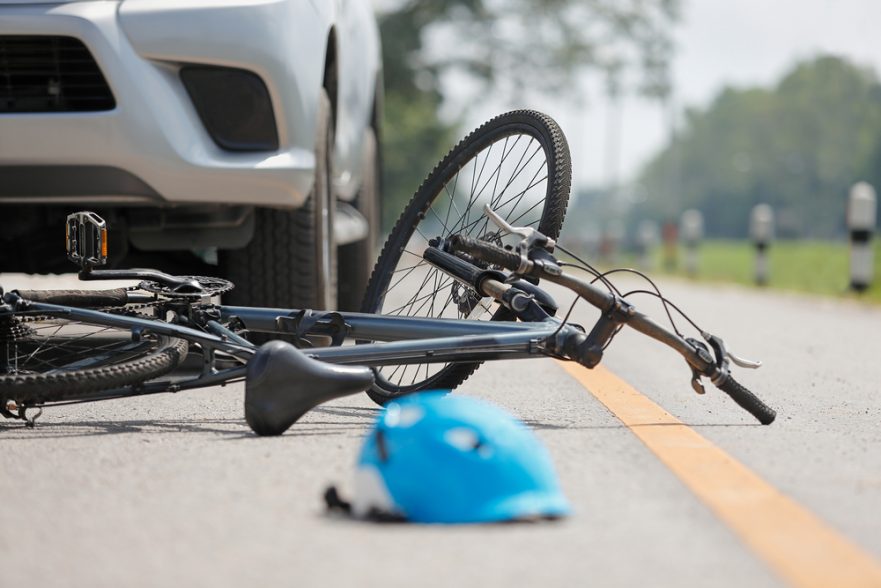More than 66 million bicycle riders take to the streets, parks, and roads annually throughout the U.S. to reap the health benefits and enjoyment that riding offers. A large segment of the population, approximately 800,000 people, according to data from the U.S. Census Bureau, rely on bicycles to commute to and from work.
An increase in people riding bicycles for pleasure or for commuting has its benefits, but it comes at a cost, as accidents involving bicycles and motor vehicles account for 2 percent of all traffic fatalities and 2 percent of injuries related to traffic collisions, according to data compiled by the National Highway Traffic Safety Administration. It is important from a safety perspective for drivers of motor vehicles and cyclists to understand how these accidents happen and what steps they can take to avoid someone saying, “I hit a cyclist with my car.”
Taking a closer look at bicycle accidents
The leading cause of bicycle accidents resulting in injuries to cyclists is being hit by a car, truck, or other motor vehicle. As cycling increases in popularity, motor vehicles and bicycles are being forced to share the road more frequently. The NHTSA study of bicycle accidents concluded that 71 percent of fatal crashes took place in cities and urban areas.
The same study also dispelled the myth about bicycles being only for children or young adults. NHTSA data shows the average age of cyclists in fatal collisions with other vehicles was 45 years of age.
Safety tips for cyclists and drivers
Because they are forced to share the road, it is essential for operators of motor vehicles and bicyclists to obey the rules of the road and comply with state and local traffic laws. For cyclists, this includes the following:
- Follow and obey the same traffic laws as apply to drivers of motor vehicles, including riding in the same direction as other vehicles.
- Stay in the lane, and ride single file when riding with cyclists.
- Use hand signals when making turns.
- Wear bright, reflective clothing to make it easier to be seen by motorists.
- Bicycles, particularly those used for riding during early morning, dusk, or nighttime hours, should be equipped with a white headlight, red lights on the rear, and reflectors on the pedals, spokes, and front and rear of the bike.
- Obey stop signs and traffic control devices at all intersections.
- If a bike is not equipped with a horn, bell, or other device to signal pedestrians and other vehicles, riders should hang a whistle around their neck to use as needed to signal a warning.
- Check for approaching vehicles before making turns or changing lanes.

Bicycle riders can reduce risk of suffering a serious head injury in the event of an accident by wearing a properly fitted helmet that meets the standards of the U.S. Consumer Product Safety Commission.
Drivers of motor vehicles are required to obey all traffic laws and maintain a lookout for other vehicles and pedestrians. Bicycles can present a special challenge for some drivers because they are not as easy to see due to their smaller size, and the speed at which cyclists travel could make it difficult for drivers to judge distances relative to the speed of travel of their own vehicle.
Avoiding alcohol and drugs
The death of a Bend, Oregon, cyclist in a collision with a motor vehicle is a tragic reminder of the dangers of alcohol and drugs when driving. The woman died when she was hit by a vehicle that crossed into oncoming traffic. The driver of the vehicle was later arrested and charged with manslaughter, driving under the influence of intoxicants, and other criminal charges.
The NHTSA reports that it is not only the drivers of motor vehicles who pose a danger when they are driving under the influence of drugs or alcohol. One in five cyclists killed in collisions with motor vehicles had blood alcohol levels making them legally intoxicated under the laws of their states.
What to do if involved in an accident with a bicycle
If a collision occurs between a motor vehicle and a bicycle, it is essential for everyone involved to remain calm. Other things to do include the following:
- Do not leave the scene of the accident. Wait for the police and emergency medical personnel to arrive.
- It might take hours or even days after a collision before victims realize how seriously they have been injured.
- Do not make any statements about your physical condition until you have been examined by a physician.
- Stick to the facts when explaining to police how the accident happened. Try to get pictures of the position of the bicycle and the motor vehicle before they are moved.
- As soon as you are physically able to do so, draw a diagram of how the accident occurred to give to your attorney.
- Get a copy of the police accident report.
- An injured cyclist should not make repairs to the bicycle until after getting advice from a personal injury attorney. The bicycle could be valuable evidence an attorney could use to prove how an accident happened.
The first thing anyone injured in a collision with a motor vehicle should do after seeking medical treatment is contact a personal injury attorney. An experienced attorney can offer legal advice and guidance about filing a claim for compensation from the other party who caused the accident.

